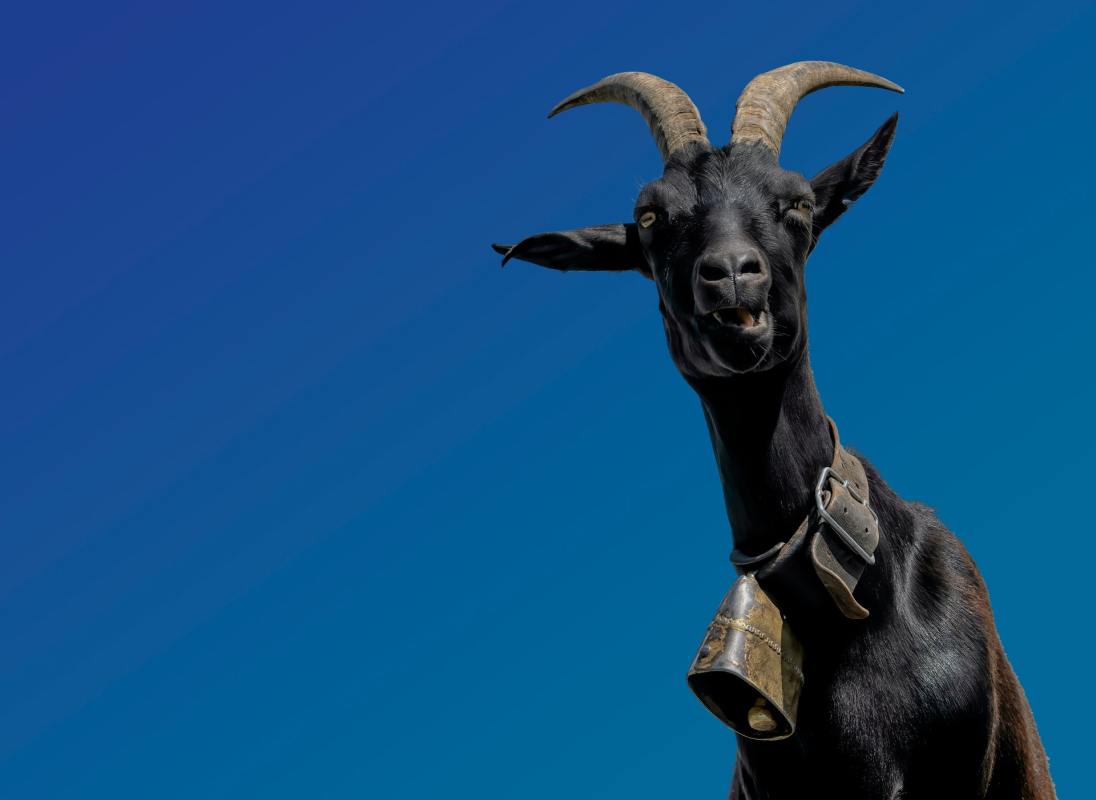There’s something ineffable about goats and logic, and while it’s difficult to quantify, it’s led to a host of long-running questions of mathematics and probability involving a certain 4-legged farm animal. This includes, but is not limited to, the Monty Hall problem. But there’s another puzzle involving goats that’s confounded mathematicians for centuries — until now.
The question at the center of it? As Steve Nadis phrases it in a new article for Quanta: “Imagine a circular fence that encloses one acre of grass. If you tie a goat to the inside of the fence, how long a rope do you need to allow the animal access to exactly half an acre?”
For 270 years, mathematicians have pondered variations on this question. And now, according to the article, an exact solution has been found — albeit in what Nadis refers to as “an unwieldy, reader-unfriendly form.”
The latest solution came from German mathematician Ingo Ullisch, who made use of complex analysis, which is itself the study of complex numbers. That “complex” is there for a reason; looking at the definition of complex numbers for too long might start to hurt your brain.
The Quanta article has a good overview of past solutions to the goat/grass question, and explains just how Ullisch’s solution differs from them. As Nadis writes, one of the most fascinaing parts of all of this is how Ullisch built on the work of his mathematician predecessors in unexpected ways. With his own solution now published, it’s likely that someone else will find their own brilliant spin on the work he’s done.
Subscribe here for our free daily newsletter.
Thanks for reading InsideHook. Sign up for our daily newsletter and be in the know.
















